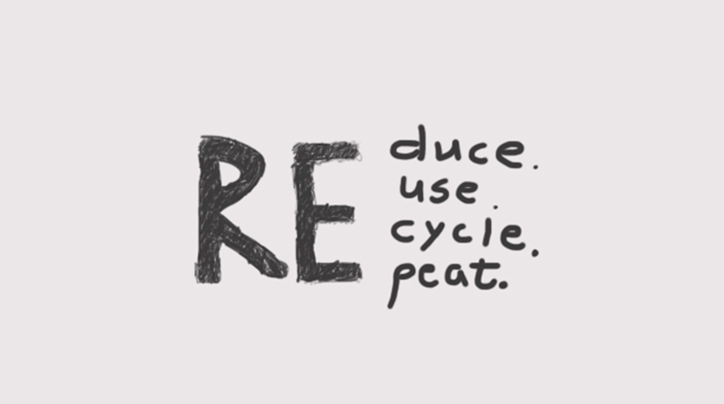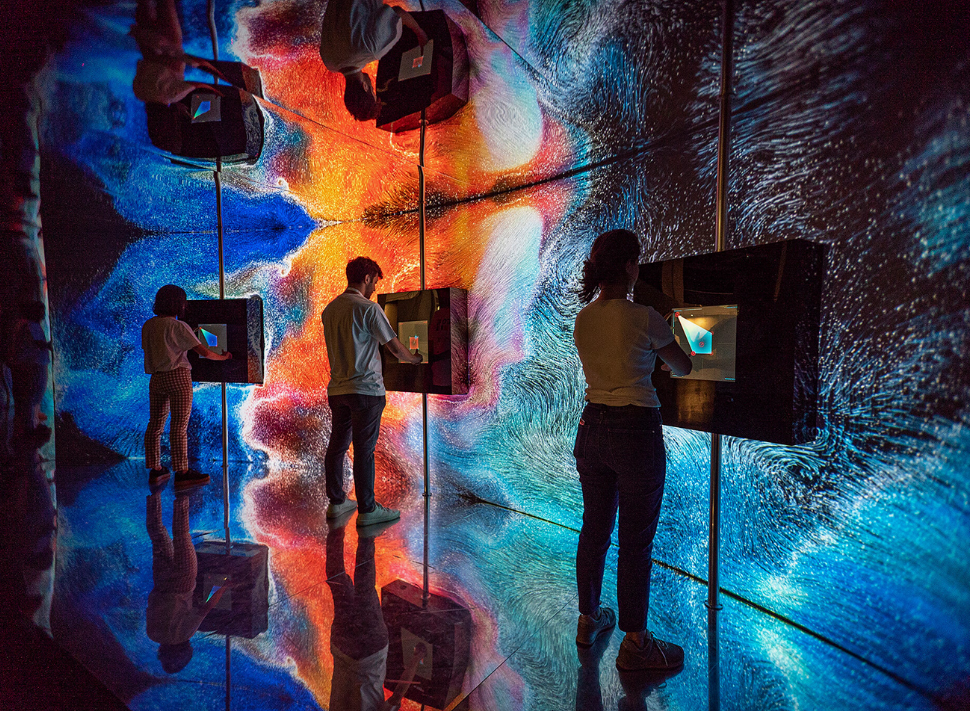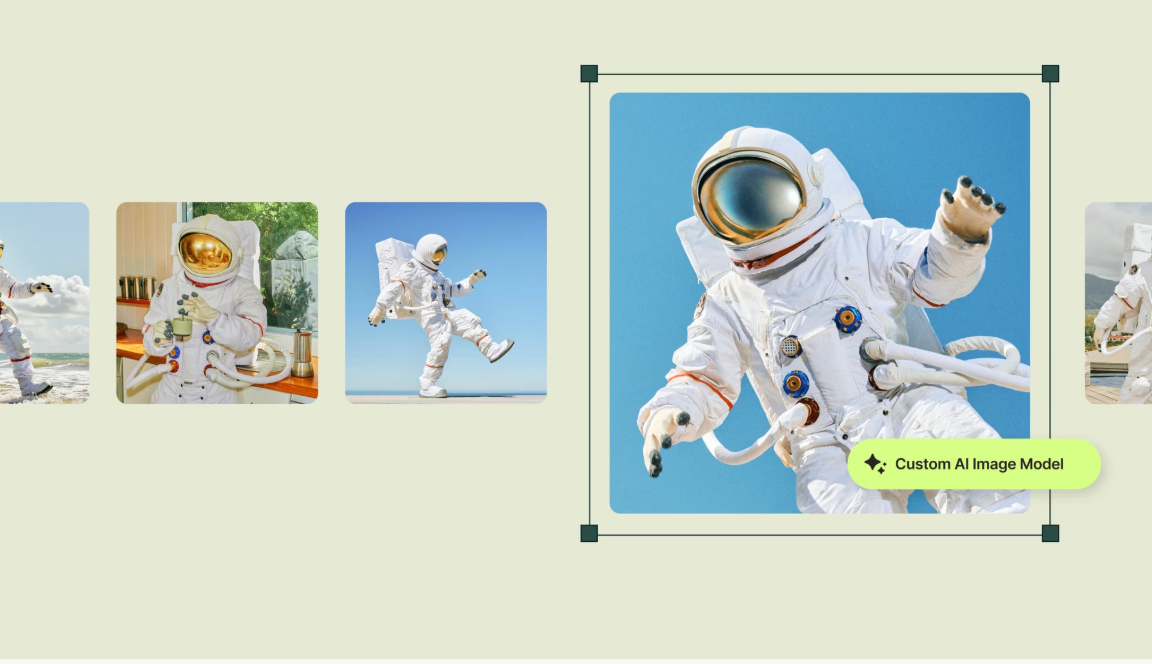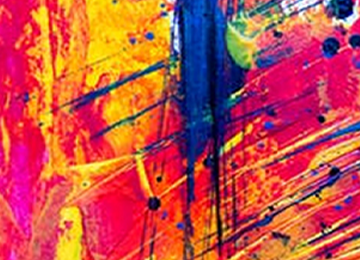blog
5 Event Design Strategies to Make Your Brand Memorable in 2025

An event is an opportunity to connect with the audience, differentiate your brand, and build trust. However, many companies fail to fill the seats because the face of event branding is changing, or we can say it is becoming more advanced. According to a report, the global event marketing industry is expected to hit $36.31 billion by 2026. Today, an event is not just printing your logo on a banner or handing out branded swag; it’s more about creating meaningful engagements that strengthen brand identity.
In 2025, a successful execution of an event requires performance-driven, multichannel event marketing strategies and scalable creative execution. For businesses looking to gain an upper hand, collaborating with a professional creative design agency can be a smart move to design strategies that make your event stand out.
So, let’s discuss five compelling event design strategies that will surely make your event unforgettable, ensuring you meet the expectations of modern attendees who expect memorable and engaging experiences.
Strategy #1: Make Use of Immersive and Experiential Design
For every event organizer out there, the era of static displays and basic presentations is gone. Audiences today want immersive experiences that allow them to interact, explore, and even feel your brand on a deeper level.
Experiential designs create a multisensory experience to evoke strong emotions that go far beyond aesthetics, leaving a memorable impact. Creating such experiences requires an out-of-the-box approach. This is exactly where a creative event design agency can help bring your ideas to life by crafting interactive spaces, engaging activities, and memorable moments.

Image Source: Yandex
Key approaches for creating immersive event designs:
- Interactive Spaces: You can create separate zones where attendees can engage with products or brand stories. For example, Augmented Reality stations and hands-on workshops enhance audience engagement.
- 360-Degree Experiences: You can also utilize multiple sensory spaces and leverage sound, lighting, scents, and visuals for 360-degree experiences.
- Themed Environments: Design spaces with branded and themed environments. A cohesive theme helps the guests to engage fully and create social media moments.
According to a survey, more than 70% of the attendees become regular customers after attending an experiential marketing event.
Strategy #2: Create Personalized and Attendee-Centric Designs
Audiences want more than visuals. They want personalized experiences they can touch, hear, and feel. Events that stimulate multiple senses leave a stronger impression. This is a strategy every brand should consider.
- Use visuals to reinforce your brand. Screens, lighting, and colors should match the brand identity.
- Incorporate soundscapes that create atmosphere. Music, voiceovers, and ambient sounds make experiences memorable.
- Add textures and tactile elements. People remember what they can touch.
- Allow participants to select sessions, activities, or products that intrigue them. Tailored itineraries boost engagement and overall satisfaction.
Make Engagement Personal
Personal connections make events unforgettable. Use technology to tailor experiences. For example, QR codes can lead visitors to personalized content. Interactive displays allow guests to choose what they explore. Handouts or gifts that match individual preferences increase recall.
A guest who feels involved remembers more. The brain stores multisensory experiences better than passive observation.
Strategy #3: Redefine Event Experience Through Latest Tech Innovations
We are living in an age of smart technology driven by Artificial Intelligence, Augmented Reality, Virtual Reality, and more. To make your events stand out, partnering with a creative event design agency is a great choice because they utilize the latest technological solutions to enhance the attendee experience and create innovative branding opportunities.
- They help you create custom AI models to generate a unique range of content, such as on-brand event imagery, ads, character illustrations, and icons.
- Additionally, you can use AR and VR experiences to enable participants to engage with products or experience a rich brand story. These technologies provide unique and memorable experiences for attendees, while also delivering content that will be shareable.

Image Source: Pinterest
Similarly, through smart event analytics, you can gather attendee activity, session attendance, and levels of engagement while the event is occurring, which allows you to gain actionable insights and better follow-up after the event is over.
Strategy #4: Make Sustainability and Authenticity the Core Principle
Audiences in 2025 care about the environment more than fun. They prioritize sustainability and authenticity. Brands that reflect these values leave a stronger impression.
- Sustainable Materials: Incorporate the use of biodegradable, recyclable, or reusable materials for decoration, signs, and event items.
- Digital Options: Use paperless programming, apps, or QR codes to share event schedules and information to minimize waste.
- Waste Reduction: Work with caterers and consider activities to limit waste, while implementing recycling and composting initiatives.
Authentic Experiences Build Trust
Guests appreciate transparency. They notice when brands invest in meaningful practices. Authenticity strengthens trust and loyalty. Creative event design agencies guide brands in integrating these values seamlessly.
Sustainability also creates shareable moments. Attendees are likely to post about eco-conscious activities or displays. This increases brand visibility while reinforcing positive brand associations.
Strategy #5: Use Strategic Design To Narrate The Story
Storytelling is everything that makes an event memorable. Each and every element of your event plays an important part in reflecting your brand identity and core values. From stage design to signage, lighting, and interactive elements, every detail must work together to create a cohesive story that takes the audience on a journey they remember for a long time, even after the event ends.
Here is how you can implement storytelling in event design:
- Thematic Cohesion: It refers to the consistent relationship of ideas and themes within a text. Everything from entryways to stage design must relate to your overall brand story. It creates an engaging narrative of your brand within the minds of the audience
- Experiential Story Arcs: It’s about structuring the story with a beginning, middle, and climax. Keeping attendees intact with interactive and emotional experiences.
- Participant Engagement: Influence attendees to become a part of your story through interactive elements, gamification, or user-generated content.
Create such experiences that resonate with the audience, and they remember it for a long time even after the event ends.
Conclusion
Events are undoubtedly one of the most powerful tools for brand building. As we move through 2025, event design is entering a new phase driven by creativity, technology, and immersive experiences to leave a lasting impact on the audience. For brands looking to create memorable experiences, it’s important to design every element with utmost precision before, during, and after the event. From making use of experiential design to using strategic design to narrate brand stories, these are some of the best event design strategies you can implement in 2025 to deliver meaningful, memorable experiences that leave a long-lasting impression.
However, to create compelling, audience-centric event designs, it’s always better to partner with an expert creative event design agency like Tangence. With years of experience in providing creative design services, the professionals at Tangence ensure that every element of your event designs reflects your brand identity. From generating attractive design concepts to executing them with precision, Tangence ensures every attendee walks away with a memorable experience that truly embodies your brand.
